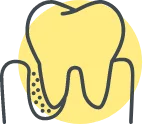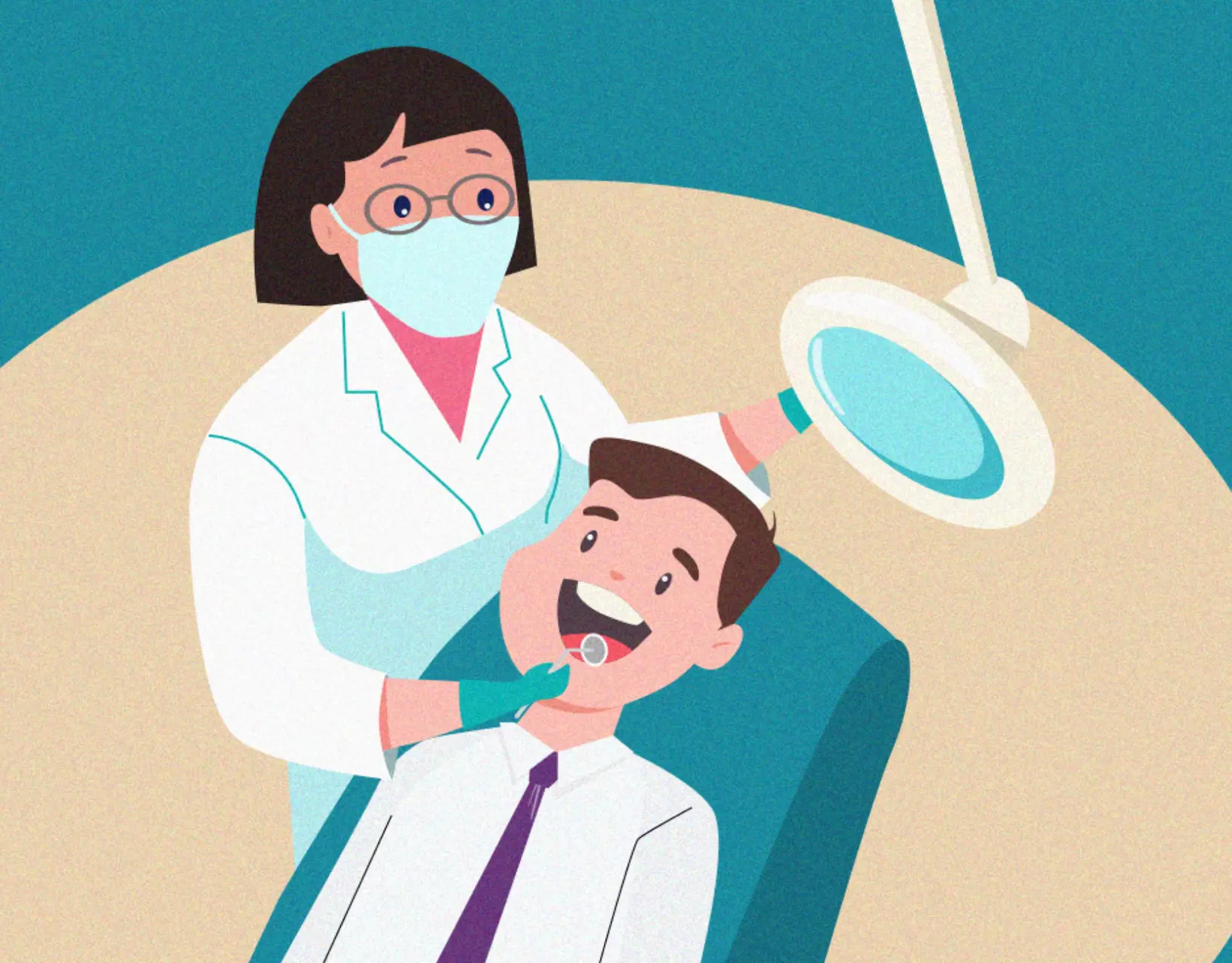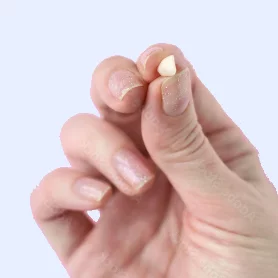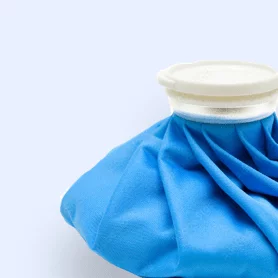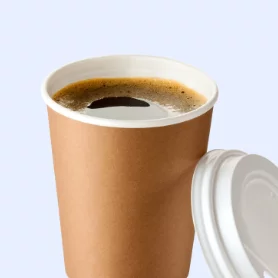Gum recession can be caused by aggressive brushing, poor oral hygiene, gum disease, hormonal changes, smoking, teeth grinding, and genetic predisposition.
What causes gum recession?

Treatments for Receding Gums
When gum recession causes symptoms, like tooth sensitivity, pain, or infection, we can treat receding gums. Receding gums treatment includes deep cleaning of bacteria and plaque, treating active gum infections, and surgically placed gum tissue grafts
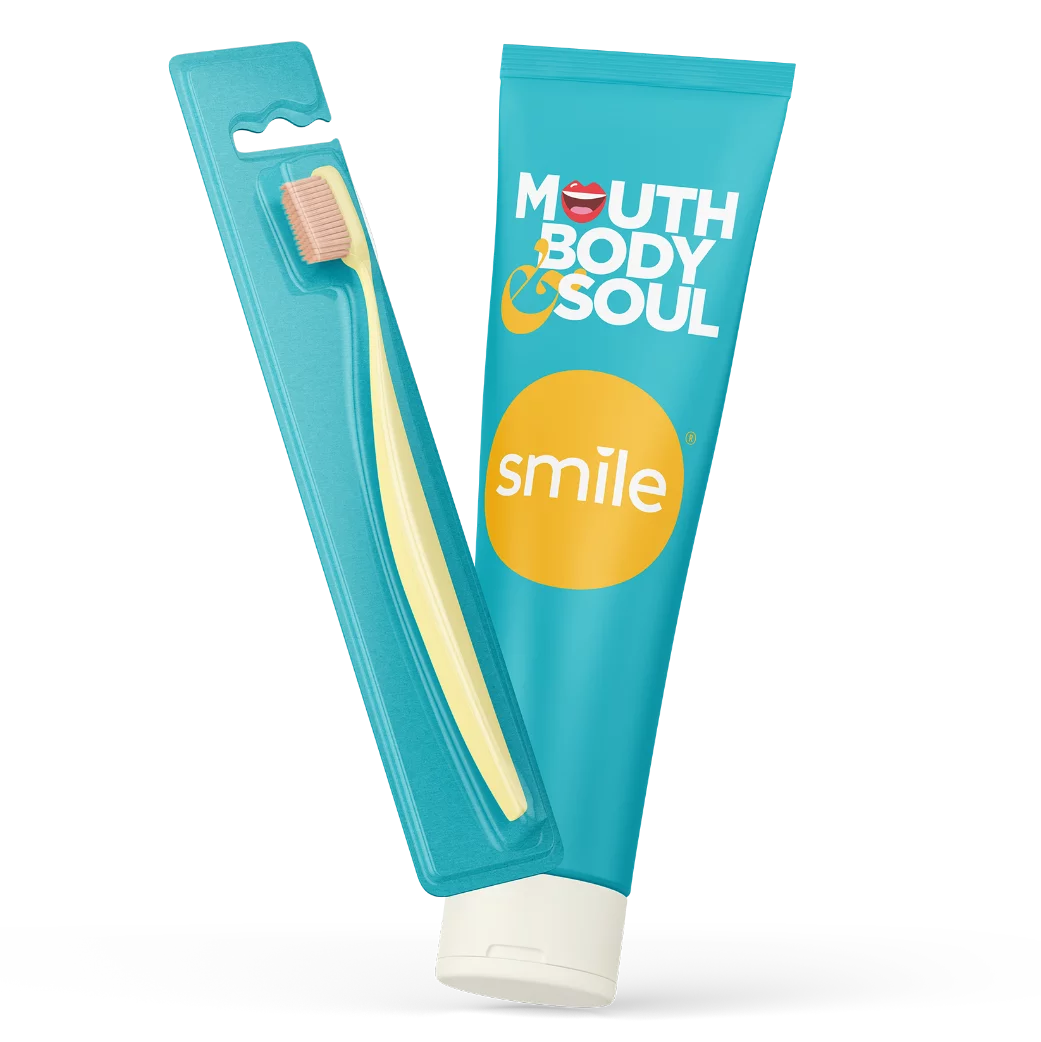
How can we help?
Book an Appointment Today
Don't let receding gums impact the health and stability of your teeth. Talk to a Smile Generation-trusted dentist to address any concerns about gum disease.
Related Posts
The elements in your mouth - gums, teeth, jawbone - are all interconnected. Each one can have an impact on the other. If you have gum disease, for example, it can impact the health of your teeth and j
While parents may understand the need to brush and floss their own teeth regularly, adding a new bundle of joy to your home means adding a new mouth that needs care and attention. You may still be adj
Your toothbrush is a powerful tool that you use daily to keep your mouth clean. Brushing your teeth twice a day can prevent oral complications like tooth decay and gum disease.
Your to


